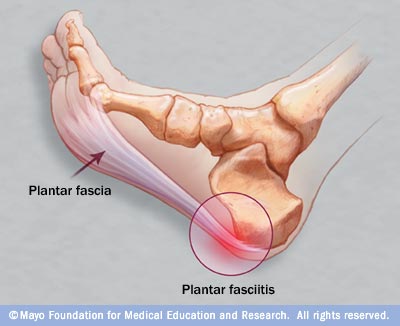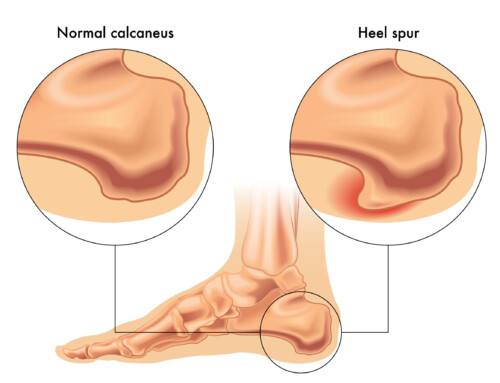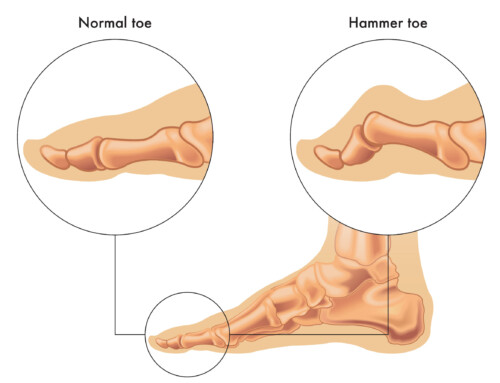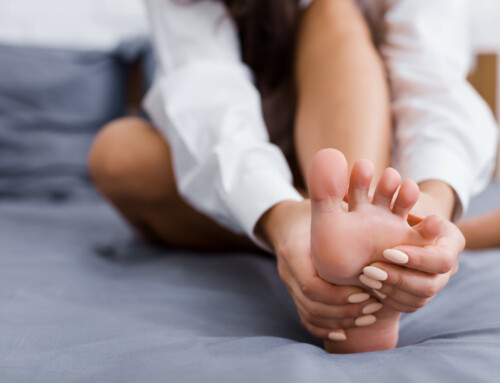By Andrew J Gaetano, PT, DPT, OCS, CSCS
Plantar fasciitis is one of the more common foot problems we see in physical therapy, especially those who spend a lot of time on their feet either with hobbies (talking about you, runners!) or during the course of their job. The plantar fascia is a thick, dense band that lines the arch of the foot from the inside of the heel all the way to start of the big toe. The onset of symptoms of plantar fasciitis frequently occurs with a sudden increase in activity. You might feel a stabbing pain on the underside of your heel, and a sensation of tightness and/or tenderness along your arch.
People with plantar fasciitis may experience pain:
- In the morning, when stepping out of bed and taking the first steps of the day
- With prolonged standing
- When standing up after sitting for awhile
- After an intense weight-bearing activity such as running
- When climbing stairs
- When walking barefoot or in shoes with poor support
As your body warms up, your pain may actually decrease during the day but then worsen again toward the end of the day because of extended walking. Severe symptoms may cause you to limp.
Who gets plantar fasciitis?
From someone who has had it in the past, it can really happen to anyone. However it’s more likely in those who have these traits:
- Age (over 40 years)
- A job, sport, or hobby that involves prolonged standing or other weight-bearing activity
- Rapid increases in length or levels of activity, such as beginning a new running program or changing to a job that requires a lot more standing or walking than you are accustomed to
- Decreased calf muscle flexibility
- Increased body weight
- Tendency to have a flat foot (pronation) or rigid foot (supination)
How can we help in physical therapy?
We can help in a number of ways, providing both short and long term relief:
- Stretching exercises to improve the flexibility of your ankle and the plantar fascia
- Selection of supportive footwear and/or shoe inserts that minimize foot pronation and reduce stress to the plantar fascia
- Application of ice to decrease pain and inflammation
- Iontophoresis (a gentle way to deliver medication through the skin)
- Taping of the foot to provide short-term relief
- Strengthening exercises to the muscles around the area to provide more support to the foot and ankle.
We will also instruct you in a home exercise program to prevent this problem from occurring again!
Malta NY






